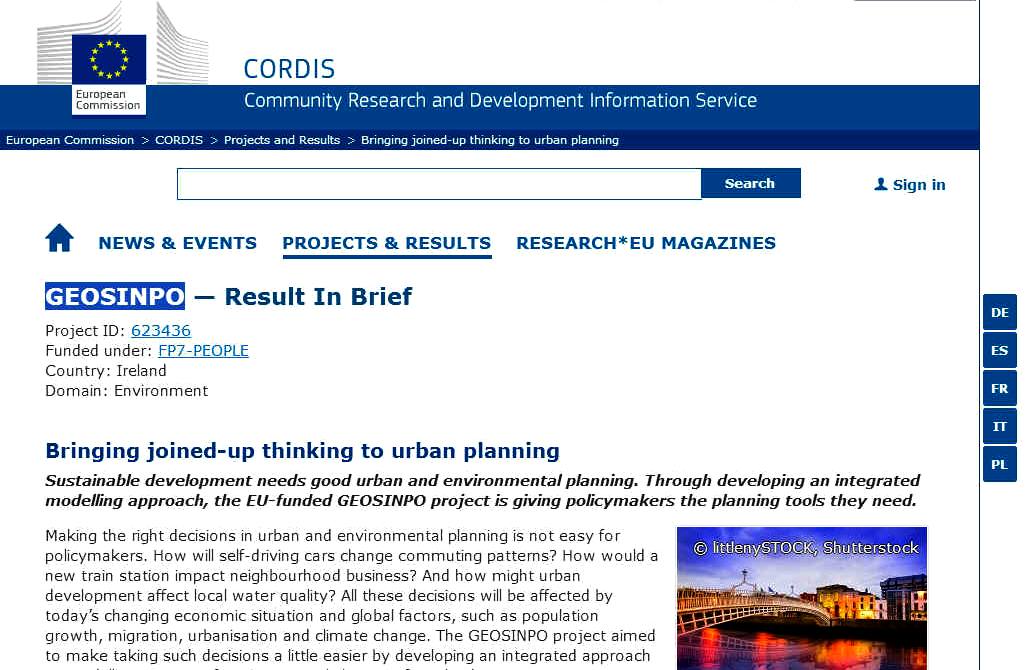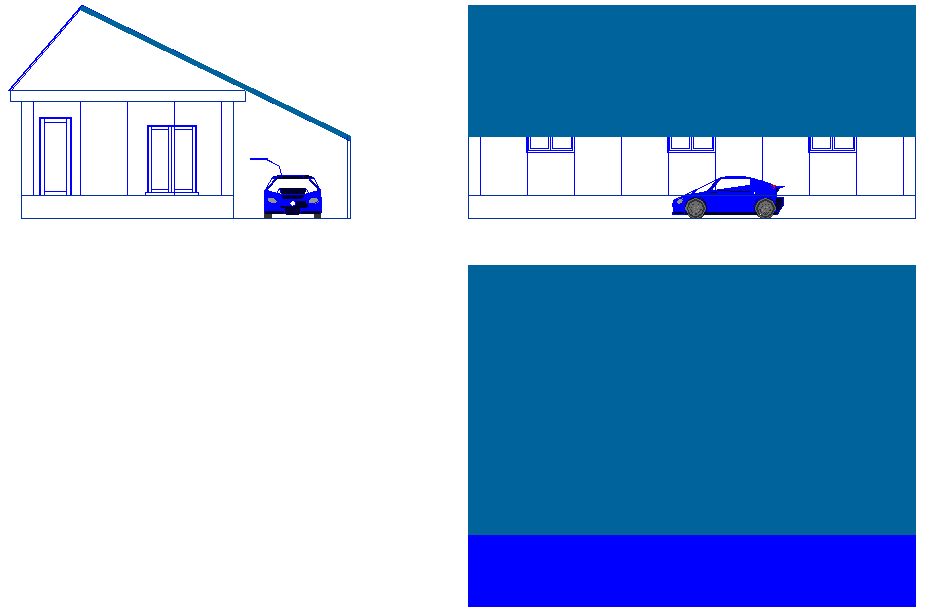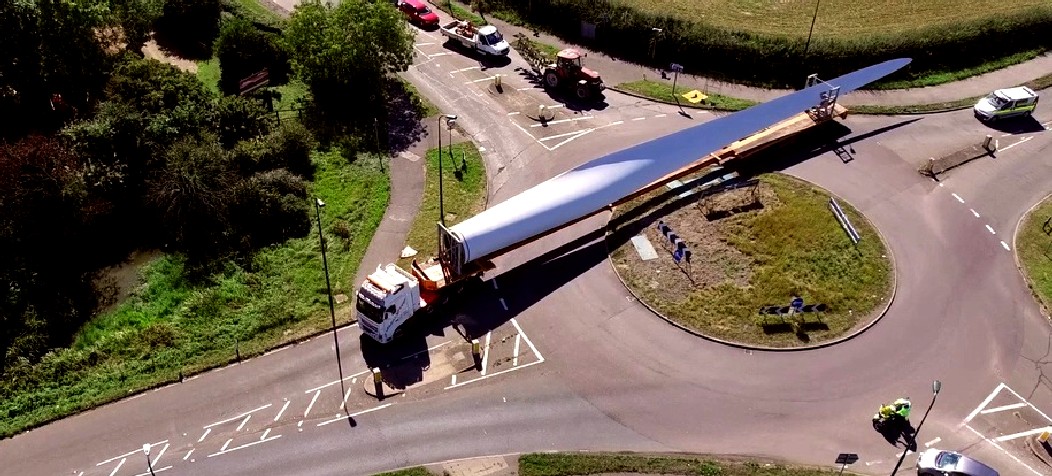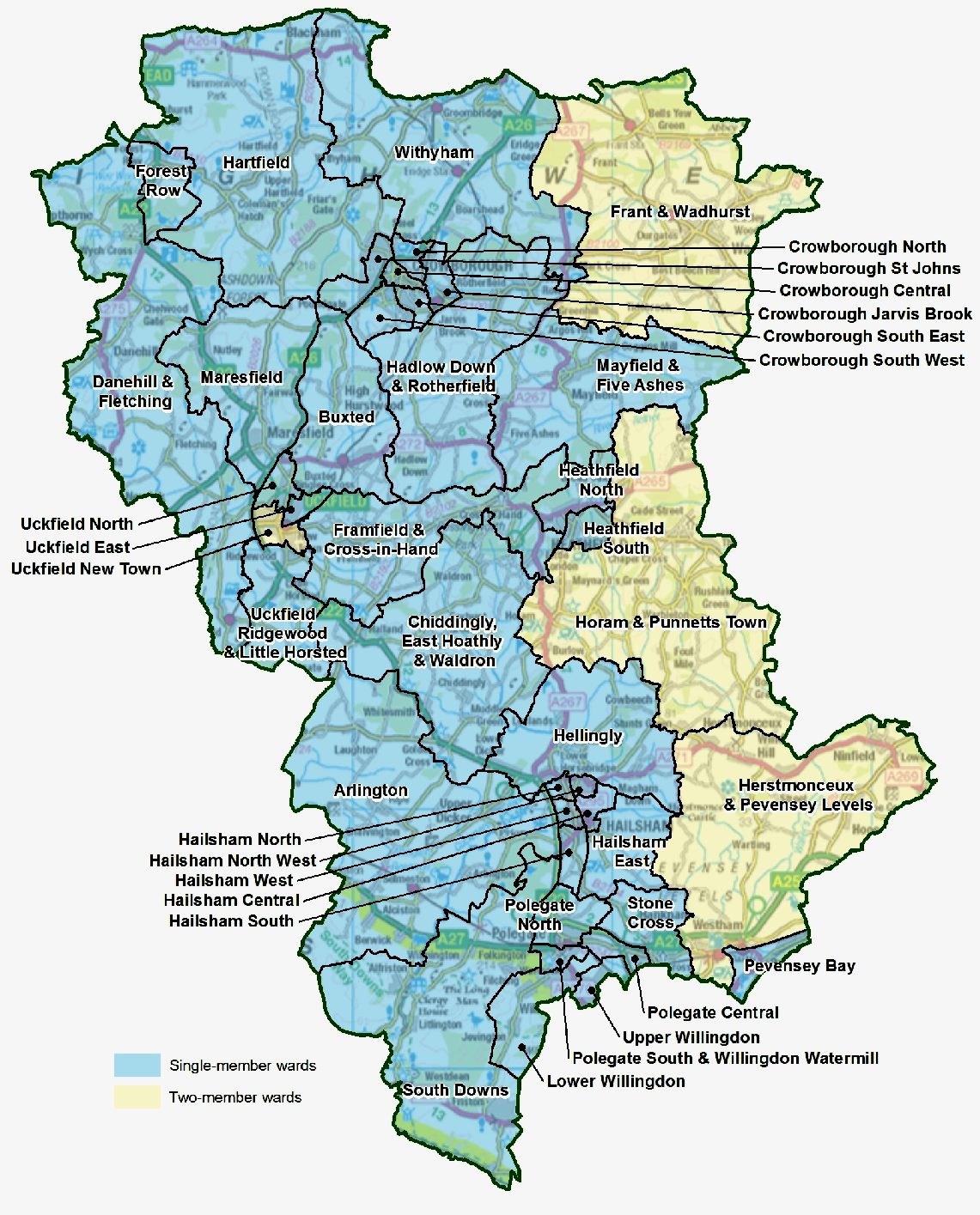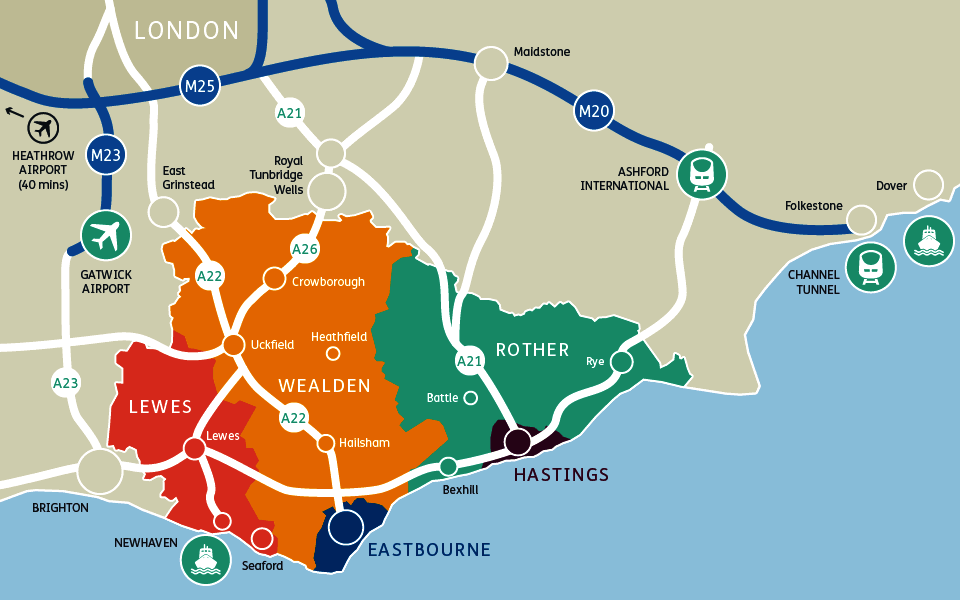|
INTEGRATED PLANNING POLICIES
AFFORDABLE | CLIMATE | DEVELOPERS | ECONOMY | FLOOD | HISTORY | HOMES LADDER | MORALS | POVERTY | PROPERTY | SLAVERY | TAXES | SLUMS | VALUATIONS | WEALTH
|
FOUNDATION -
Thomas Jefferson often referred to the term
'good government.' In his opinion,
a Government ought to be judged by how well it meets its legitimate objectives.
"Legitimate," being the operative word.
The Wealden District appears to have no equitable strategy for integrated urban and environmental development, instead they keep hiking up the Council Taxes to pay for their poor performance.
Strategic modelling is essential when drafting Local Plans, where such plans should be integrated into a local strategy that is compliant with National Planning Policies as per the Framework document from 2012 - hence each district is a brick in the wall of a national policy.
For a sustainable future these are the essential conduits for an efficient economy of which Thomas Jefferson and Thomas Paine would be proud. If you get this right, no country would need to borrow money. If you have to borrow money for any reason, you are already out of the comfort zone for a low carbon economy. The fact that the United Kingdom owes tremendous sums is proof of the incompetence of previous administrations that have been living the high life on the back of your labors with no thought for the grim reaper in their end game.
We should then be shopping for a more effective administration, if only the electorate were more informed and not dazzled by political gobbledygook - or indeed if on election day there was a viable alternative. The sad fact is that Britain is so deeply in the mire from the likes of Margaret Thatcher and David Cameron that it is difficult to see a way out.
The essentials for life in three layers of importance are:
WATER SUPPLY - FOOD TO LIVE - HOUSING FOR SECURITY - ENERGY FOR LIFE
|
A TRANSPORT SYSTEM - INDUSTRY & MINING - EFFECTIVE GOVERNMENT
|
HEALTH CARE - POLICING - FIRE FIGHTING - COMMUNICATIONS - DEFENSE
These break down into smaller bites but in essence these are the cornerstones of a modern society that town and country planners must work into their strategies. After these we may consider cultural and leisure pursuits.
DISRUPTIVE TECHNOLOGY
Introducing disruptive technology, means piggy backing, or working alongside of existing equipment and infrastructure during any transitional stages. No country can afford change at too rapid a pace. Gradual change will allow established investors to re-evaluate present assets and wind down on those for a prospective wind up on the cutting edge. It is either that or wither as with Kodak when digital cameras all but destroyed their celluloid film market - and now every mobile phone has a halfway decent camera built in. Change is inevitable, with technology being the rescuer. Every dog has his day, but must give way for new pups. old dogs should either embrace the inevitable or gently give way.
SUSTAINABLE LOCAL & NATIONAL ADMINISTRATION - TAXES V SERVICES
This is about decisions from the top down that affect all of the citizens of the land, regardless of whether or not the ordinary citizen agrees with those decisions, the worst cases of dissent leading to civil war, but for the most part to do with income and expenditure. The most topical subject is defence of the realm where there are at present few battles to fight that would require nuclear submarines or aircraft carriers bearing the Queen's name. There are other far cheaper options.
PLANNING POLICY DEVELOPMENT - IN THE MODERN AGE
Making the right decisions in urban and environmental planning is not easy for policymakers. For example, how will self-driving (autonomous) cars change commuting patterns? How would a new train station impact neighbourhood business? And how might urban development affect local water quality? All these decisions will be affected by today’s changing economic situation and global factors, such as population growth, migration, urbanization and climate change. Councils might make things a little easier for themselves by developing an integrated approach to modelling aspects of environmental change - from land use to transport infrastructure to air quality. Keeping their eye on these balls is more important than assuaging local resistance to mitigating adaptation.
CORDIS - Is the EU's Community Research and Development Information Service, in this case reporting on the GEOSINPO project to integrate multiple source data sets without changing them, so developing a planning tool for Governments local and national.
COMPUTERS
- Many studies have been conducted looking at these issues, one of which
is the GEOSINPO project. This EU funded project goal was to couple independently developed models into an integrated
(user-friendly) modelling suite for the Greater Dublin region of Ireland.
This approach allowed Harutyun Shahumyan, Professor Brendan Williams (University College Dublin) and Professor Gerrit Knaap (University of Maryland)
to couple independently developed models without changing their source codes, programming languages or file formats,
to produce a planning tool
that is more versatile.
FLAT PACKS - In this bungalow design for a two/three bedroom eco home, a car port is part of the roof where the pitch is angled to the sun and the area is sufficient to power the home and provide energy to charge a small electric car. If grouped into a village of 50 - 100 units, the surplus electricity from one unit may be shared with other units to create a 'smart' energy self-sufficient society of the future. At 17.77 x 8.62 metres (48' x 28' feet) this concept world cost between $93.000 to $134,000 dollars (£70,000 - £100, 000 pounds) depending on the energy harvesting features fitted and the price of the land. The car shown here is a very small (low) city ports car about the same length as a Smart car, hence the car-port area appears rather large when in fact it is typical.
These units could be mass produced to lower the price even more. If only there was identified land on which to place them, any council could begin to build a sustainable society based on clean renewable energy.
One of our advocates would be prepared to waive his fees, if the local authority concerned would be prepared to waive theirs on an outline application for 50 units - on land that would be identified by the advocate, with the appropriate notice served on the (farmer) landowner. How about it fellers? Don't let your prejudices get the better of you.
HOUSING - The same principles can (should) be applied to low cost housing to develop more compact growth with electric vehicles integrated, that anyone would know without the benefit of data analysis, will improve air quality.
ROADS - In order to make all of this possible we need to install the foundations of a sustainable society, where no other exists at the moment; for an electric society. Roads that are smooth and wide enough to improve transit times are essential as is a traffic light system that helps drivers reach their destination efficiently. For example, potholes in roads are not only dangerous, but also soak up energy with every bump that hinders progress. Pothole Politics is the name for policies that fail to address climate change (sustainable society) issues.
FORMAT AGREEMENT - Without the infrastructure for transport built into the equation for Smart town and cities, the zero carbon society is likely to take a lot longer to achieve. Transports infrastructure is therefore the starting point in the fight against climate change. The starting point for a viable infrastructure is a Universal Energy Cartridge something along the lines of the draft design in these diagrams. Getting vehicle makers to agree a suitable format is probably one of the biggest hurdles to overcome and is likely to require national and international agreements and the passing of laws in the signatory states.
Meantime, when upgrading your roads, why not build in the electrical cabling for electric service stations of the future. Thinking ahead like this will save a lot of road works and driver aggravation, digging up streets that should have had services and the need for upgrades built into the equation, perhaps with side access ducts.
THE EASY OR THE HARD WAY - Teaching councils who will not listen to reason because of (alternative agendas) budgets that they would rather spend elsewhere, we term "Potty Training," after the famous case where Wealden attempted to prevent a citizen from having his legal entitlement to basic sanitation. It took a High Court Judge to explain to this Council that toilets could be refitted in a property to comply with Health & Safety Regulations. That little exercise cost the Wealden tax payer £52,000 pounds. Surely though, this was a lesson that should never have been necessary. Money spent arguing the unarguable is climate change madness - because money wasted equals a bigger carbon footprint. An efficient planning department is a prerequisite to a sustainable society. So is an efficient legal department.
SMART SERVICE STATIONS - Seen above is a concept 7.68 - 15.36MW solar assisted service station containing 48-96 cartridges on a continuous charge cycle. Five of these stations (76.8MW) could recharge (refuel) up to 10 trucks or cars a minute. Next time you visit your Amoco, Chevron, BP Shell, Texaco or Supermarket fuel pump, count the number of cars leaving the station in a minute. You will find that an electric forecourt holds the potential to be quicker. During rush hour, 300 vehicles might be serviced in one hour. The truck shown here is 3.55 wide x 3.5 high x 7.7M long (8 x 11.5 x 25 feet). This station could accommodate trucks 4.46M (14.77 feet) high as shown, or with a raised roof, almost any truck currently on the market - though longer thinner trucks are more fuel efficient.
During an eight hour day 2,400 trucks might be serviced using five forecourts on the assumption that we start every morning with 96 x 5 = 480 slow charged cartridges from off-peak supplies. The same forecourt might be used to service fuel-cell cars powered by stabilized hydrogen. One size fits all. The secret is to KISS the design (Keep It Simple Silly). There are only 28* moving parts in this station, not including the gearbox for the solar powered drive motor. This is possible because with this system the vehicles load the cartridges themselves. Learn more about this concept.
UNIVERSAL ENERGY CARTRIDGE CONCEPT: These cartridge are designed so that they may hold many types of energy storage medium: lithium batteries and fuels cells being the most likely, though hybrid forms are also to be considered. The internal volume is approximately 0.290m2 or 16 cubic feet. The difficult part is getting the motor manufacturers to agree these basic dimensions. Failing which, to take the decision from them with directives. In our opinion a study is needed to define the capacity that will suit all of the car and truck makers.
The alternative is to make the service station as flexible as possible so that it can accept a sufficient number of formats to cope with the demands of the motor manufacturers.
Cartridges could cost as little as $20,100 US dollars per unit (£15,000 GBP), hence the investment in terms of battery cartridges for five stations would in the region of $9.65 million dollars. The stations themselves could be built as pre-fabricated flat-packs for around $5 million dollars to which the land value and planning costs would need to be added. Ignoring the land variable for now, each SMART station would run @ $2,828,600 dollars or £2,186,286 pounds each. That is about the same price as some McDonalds franchises.
ELECTRIC VEHICLES - In cities we already have an electric society to all intents save for heating and vehicles. The increase in popularity of electric vehicles is likely to tip the balance in favour of a cleaner society, provided that we install a practical infrastructure to enable on street and other charging systems. We predict that EV service stations will eventually take over from petrol/diesel and natural gas forecourts, as trucks become a viable proposition for freight hauliers. The latest E trucks from entrepreneur Elon Musk (Tesla) may help to pave the way to a clean transport system of the future.
INFRASTRUCTURE - The blocker to real progress is the lack of a refueling system that prolongs battery life. Professor Porsche was working on battery cartridge exchange to solve this problem as long ago as 1910-1920, when the Lohner-Porsche electric vehicle was popular and even featured electric motors in the wheel hubs. Tesla and Better Place have both tried to introduce cartridge refueling, but were too far ahead of their time with the political will of two decades ago.
YES CAMPAIGN VICTORIOUS - The will of the people in and around Polegate an Hailsham appears to be in favour of a clean society, regardless of planners who seem not to care about global warming or the fact that fossil fuels will eventually run out. Wealden DC's offices are located just a mile or so up the road in Hailsham, begging the question: "Why would they not want clean energy on their doorstep."
EASTBOURNE HERALD 9 JANUARY 2015 - Well done to the supporters of the Shepham Lane wind farm. Without the campaigning efforts of all of those involved the Inspector's decision could only have been based on the climate change need, though we feel would still have been approved - but such a high level of local support made the decision that much easier and once again the policies of the Wealden District Council, and Kelvin Williams (District Planning Officer) have been called into question. Yes, more Potty Training.
According
the Herald's article: Shepham Wind Farm will go ahead at Polegate after a planning inspector overturned Wealden District Council’s decision.
Three turbines on land off Shepham Lane, north of theA27, Polegate, were given the green light on Wednesday (January 7) following an appeal by Regeneco Ltd.
Map of the Wealden District showing the A21 and A22 as the main arteries for traffic. All roads in this district are is dire need of a re-vamp if we are to achieve a sustainable economy.
LINKS
https://www.lgbce.org.uk/ https://crowboroughlife.com/ http://uckfieldnews.com/
OFFSHORE - Wind energy can be captured with turbines on land and offshore. Land based development can be less of a navigation hazard and is certainly more efficient for micro-generation closer to the user where voltage drop - hence energy wasted in transmission is negligible. The permitted development rights from 2015 that came about as a result of the Climate Change and Sustainable Energy Act 2006, are not sufficiently encouraging to home owners and businesses to have made any real impact in reaching our carbon reduction targets.
|
|
AFFORDABLE | CLIMATE | DEVELOPERS | ECONOMY | FLOOD | HISTORY | HOMES LADDER | MORALS | POVERTY | PROPERTY | SLAVERY | TAXES | SLUMS | VALUATIONS | WEALTH
|

